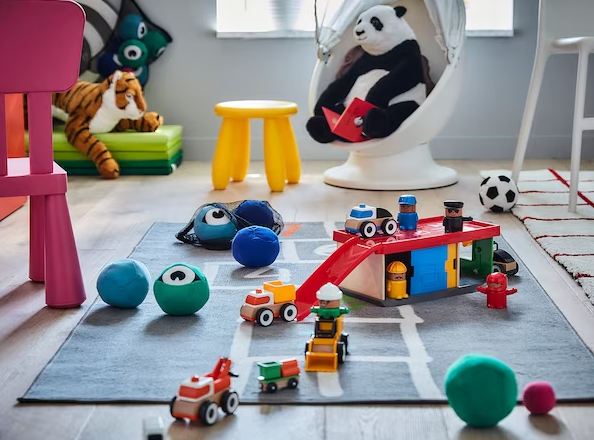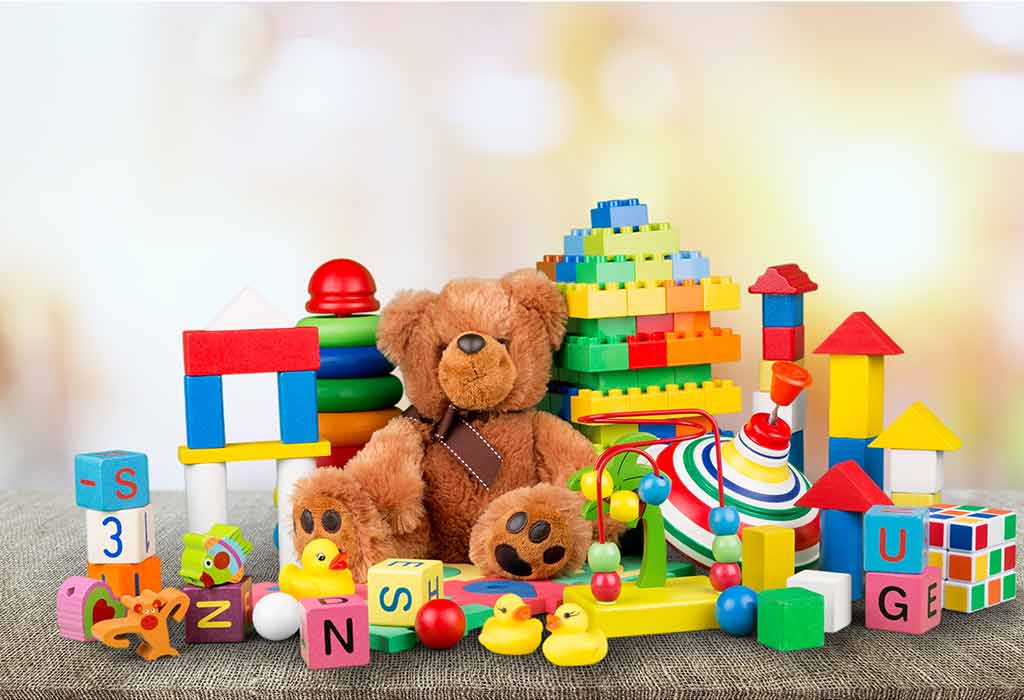Toys are not mere objects; they are portals to a magical realm where imagination flourishes, creativity takes flight, and learning becomes an adventure. As fundamental companions in childhood, toys play a pivotal role in shaping a child’s cognitive, emotional, and physical development. This article delves into the captivating world of toys, exploring their significance, diverse types, developmental benefits, and the evolving landscape of play that these cherished objects continue to shape.
1. The Significance of Toys in Childhood: Beyond Playthings
a. Tools of Imagination:
Toys serve as tools that ignite the boundless imagination of children. From action figures to dolls, building blocks to board games, each toy becomes a catalyst for storytelling, role-playing, and the creation of fantastical worlds.
b. Emotional Companions:
Toys often become cherished companions, offering comfort and solace to children. Stuffed animals, dolls, or action figures become confidantes in the journey of growing up, providing a sense of security and emotional support.
c. Learning Through Play:
Toys are powerful tools for learning. Educational toys, puzzles, and games are designed to stimulate cognitive development, enhance problem-solving skills, and introduce fundamental concepts in a playful and engaging manner.
2. Diverse Types of Toys: Catering to Every Interest

a. Plush Toys:
Soft and cuddly, plush toys such as teddy bears or stuffed animals offer comfort and companionship. These toys often become beloved bedtime buddies, fostering a sense of security.
b. Building and Construction Toys:
Building blocks, LEGO sets, and other construction toys empower children to unleash their creativity. These toys promote spatial awareness, fine motor skills, and the joy of bringing their architectural visions to life.
c. Board Games and Puzzles:
Board games and puzzles provide a platform for social interaction and cognitive development. From chess to jigsaw puzzles, these games encourage strategic thinking, problem-solving, and collaboration.
d. Action Figures and Dolls:
Action figures and dolls are the embodiment of imaginative play. Children create narratives, explore social dynamics, and develop storytelling skills as they engage with these miniature characters.
e. Educational Toys:
Educational toys, ranging from alphabet blocks to science kits, merge play with learning. These toys introduce concepts in mathematics, science, language, and more, making education an enjoyable and interactive experience.
3. Developmental Benefits of Toys: Nurturing Growth Through Play
a. Cognitive Development:
Toys play a crucial role in cognitive development. Puzzles, games, and educational toys stimulate problem-solving skills, spatial awareness, and logical reasoning, laying the foundation for academic success.
b. Emotional and Social Skills:
Toys become tools for emotional expression and social interaction. Role-playing with dolls or action figures teaches empathy, communication, and cooperation, fostering emotional intelligence and social skills.
c. Physical Fitness and Coordination:
Active toys, such as sports equipment or outdoor games, promote physical fitness, coordination, and motor skills. Riding bikes, playing catch, or jumping on a trampoline contribute to a child’s overall physical well-being.
4. Considerations for Choosing Toys: Balancing Fun and Development
a. Age-Appropriate Choices:
Consider the age and developmental stage of the child when selecting toys. Age-appropriate toys ensure that they align with a child’s cognitive abilities and safety requirements.
b. Open-Ended Play:
Opt for toys that encourage open-ended play. These are toys (https://leotoystore.com/collections/toys) that can be used in multiple ways, allowing children to exercise their creativity and problem-solving skills.
c. Quality and Safety:
Prioritize the quality and safety of toys. Look for reputable brands that adhere to safety standards, use non-toxic materials, and construct toys with durability in mind.
5. The Evolving Landscape: Tech Toys and Beyond

a. Tech-Integrated Play:
In the digital age, tech toys have become prominent. From interactive learning apps to robotic toys, technology is seamlessly integrated into play, offering new dimensions to educational and entertainment experiences.
b. Sustainability in Toy Manufacturing:
With a growing awareness of environmental impact, sustainable and eco-friendly toys are gaining popularity. Manufacturers are exploring materials and practices that minimize the ecological footprint of toy production.
c. Inclusive Toy Design:
There is a growing emphasis on inclusive toy design, ensuring that toys represent a diverse range of cultures, abilities, and backgrounds. This inclusivity promotes a sense of representation and belonging for all children.
6. Iconic Toy Brands: Shaping Play Across Generations
a. LEGO:
LEGO, with its timeless building blocks, has been a staple in fostering creativity and imagination. The iconic bricks allow children to construct anything their minds can conceive, transcending generations.
b. Barbie:
Barbie, the classic fashion doll, has been a symbol of imaginative play for decades. With a diverse range of dolls representing various professions and backgrounds, Barbie has evolved to reflect changing societal norms.
c. Hasbro:
Hasbro, a multinational toy and board game company, has created enduring classics such as Monopoly, Transformers, and My Little Pony. These toys continue to capture the hearts of children and adults alike.
Toys as Timeless Treasures of Childhood
Toys are not just objects; they are timeless treasures that shape the landscape of childhood. From the humble plush bear to the intricate LEGO set, each toy contributes to the
